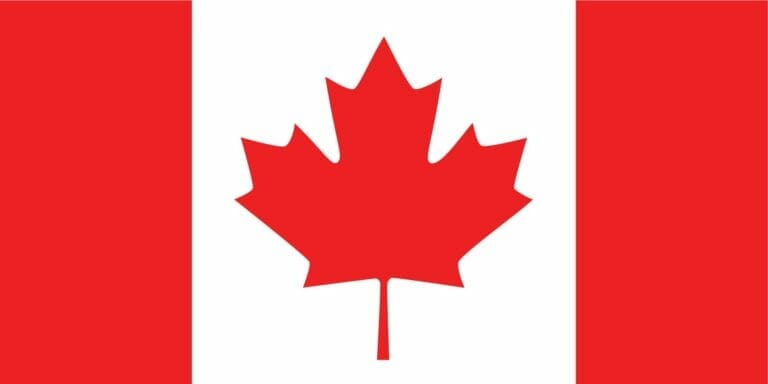Canada, a nation known for its rich tapestry of cultures and languages, has always been a beacon for immigrants worldwide. Among its linguistic communities, the Francophones have played a pivotal role in shaping the nation’s history and culture. However, in recent times, there’s been a noticeable decline in the demographic weight of minority Francophone communities. Recognizing this trend, Immigration, Refugees, and Citizenship Canada (IRCC) has been proactive in its efforts to rejuvenate Francophone immigration outside of Québec.
The Francophone Immigration Strategy
In 2019, the IRCC unveiled the Francophone Immigration Strategy, aiming to bolster efforts throughout the immigration journey. This strategy spans from promoting and attracting potential immigrants through IRCC missions abroad to their eventual selection and integration into Canadian society.
Key initiatives under this strategy include awarding additional points to Francophone and bilingual candidates under the Express Entry system. Furthermore, the introduction of temporary programs dedicated to these candidates facilitates their transition from temporary to permanent residency.
Fast forward to 2023, and the Bill C-13 has incorporated immigration into the Official Languages Act. This legislation mandates the IRCC to adopt a Francophone immigration policy. It emphasizes the significance of immigration in sustaining minority Francophone communities. It also highlights the role of immigration in expanding these communities.
Paths to Immigration for Francophones
For Francophone candidates eager to immigrate to Canada, there are multiple avenues available:
1. Express Entry Rounds: The IRCC has initiated invitation rounds focused on specific categories for Express Entry candidates. Those with strong French language skills are prioritized. Professional experience in sectors like health and STEM (Science, Technology, Engineering, and Mathematics) also holds greater importance. Jobs in specialized trades are given priority as well. The same goes for positions in transportation and agriculture. In July 2023, a landmark French category draw invited 2,300 candidates with proficient French language skills to apply for permanent residency.
2. Federal Skilled Workers Program (FSWP): Operating under the Express Entry system, this program requires candidates to meet certain criteria. Points are awarded based on age, education, language proficiency, and work experience. Proficiency in one or both of Canada’s official languages—English and French—can fetch additional points.
3. Québec’s Regular Skilled Worker Program (RSWP): Similar to the FSWP, foreign nationals wishing to immigrate via the RSWP must first express their interest in moving to Québec. The Ministry of Immigration, Francization, and Integration (MIFI) then selects candidates for permanent selection.
4. International Mobility Program Plus (IMP+): This work permit allows selected candidates to settle in the province of Québec. These candidates are endorsed by Québec and reside abroad. They can work while their permanent residency application is pending. Successful candidates under IMP+ receive a three-year open work permit. This enables them to work for almost any employer in Québec.
Francophone Communities Beyond Québec
Ontario: As Canada’s most populous province, Ontario is home to the largest Francophone community outside Québec. Over 600,000 Francophones reside here. A significant portion is in the eastern region. This includes cities like Ottawa. Counties such as Prescott-Russell and Stormont-Dundas-Glengarry have a high Francophone population. There are towns like Hawkesbury. In Hawkesbury, 91% of the population speaks French. This highlights the province’s Francophone heritage. Ontario boasts 12 school boards with nearly 300 primary and 100 secondary French schools. Additionally, numerous bilingual hospitals, including the French-language teaching hospital, Hôpital Montfort in Ottawa, serve the community.
New Brunswick: The only officially bilingual province in Canada, New Brunswick is home to a significant Acadian population. French is the mother tongue for a third of its residents. The Haut-Saint-Jean community stands out as a welcoming Francophone community. 55% of its immigrants speak French as their first official language. The province has three Francophone school districts. Additionally, there are over 200 French-only childcare services and colleges. This includes the University of Moncton.
Alberta: The Francophone population in Alberta is on the rise, with Edmonton and Calgary hosting 34,000 and 29,000 Francophones, respectively. The province offers 41 French-language schools and about 30 French daycares. The Campus Saint Jean is a part of the University of Alberta. It provides collegiate and university programs in French. This ensures that the language and culture thrive in the region.
Conclusion
Canada’s commitment to preserving and promoting its Francophone heritage is evident in its policies and initiatives. By creating a welcoming space for French-speaking immigrants, the country helps them to grow. This lively community keeps thriving and also adds to the country’s mix of different cultures.









